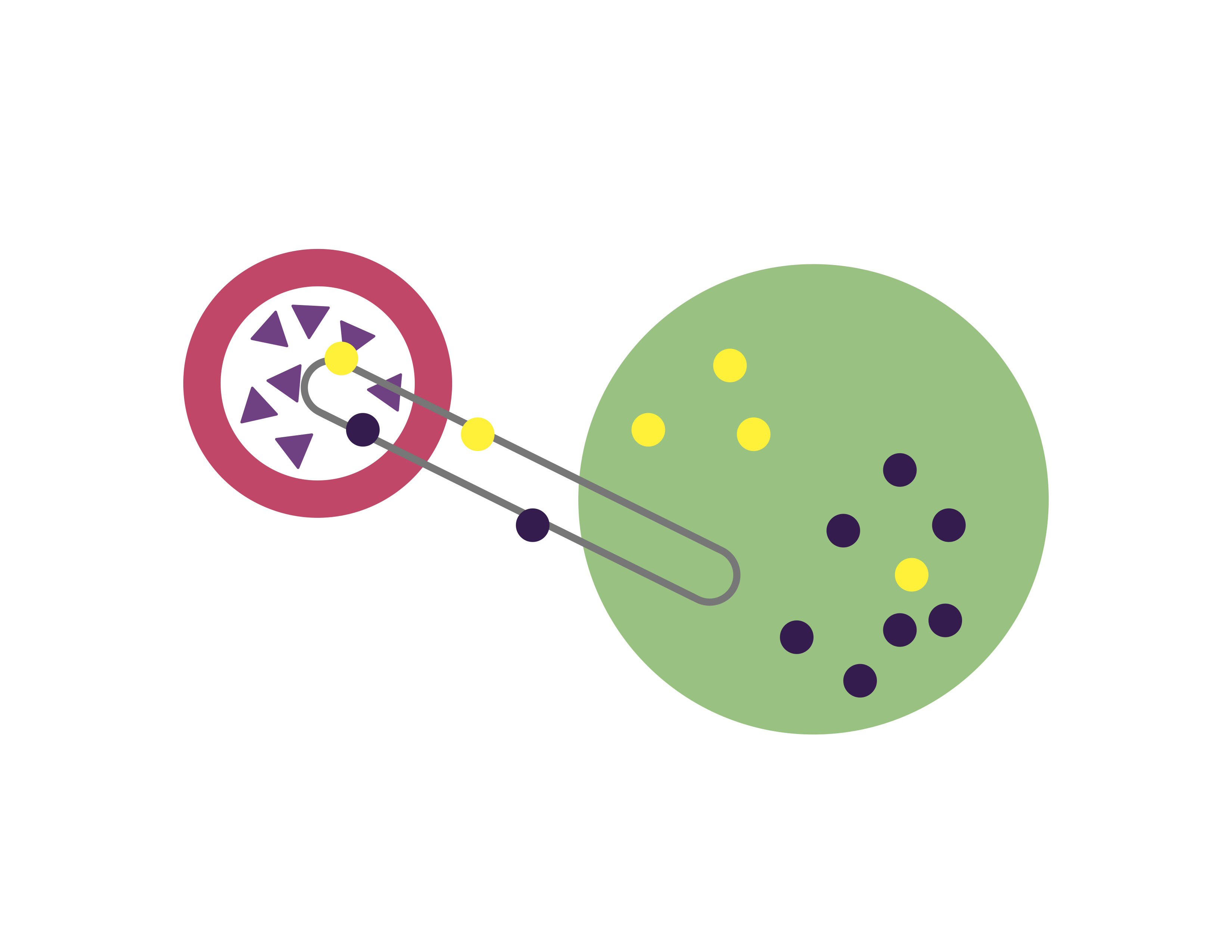NARRATIVE
TOOLKIT
designed by Dierdre Shea and Martin SombathyPaper, Vellum
2017
How do we obtain and communicate narrrative data of emotional trauma
to assist in designing for social equity?
![Narrative Tool Kit]()
NARRATIVE TOOLKIT was developed to assist in obtaining past, present, and future narrative data, creating a graphic visual that could be used to interpret testimonies of socio-political issues. Tested in a participatory workshop to discuss incarceration, subjects using the toolkit communicated their experiences, citing physical and emotional boundaries they've encountered.
2017
How do we obtain and communicate narrrative data of emotional trauma
to assist in designing for social equity?

NARRATIVE TOOLKIT was developed to assist in obtaining past, present, and future narrative data, creating a graphic visual that could be used to interpret testimonies of socio-political issues. Tested in a participatory workshop to discuss incarceration, subjects using the toolkit communicated their experiences, citing physical and emotional boundaries they've encountered.
> TOOLKIT + Workshop DEVELOPMENT
How do we visualize narrative and emotional data, and develop new narratives to communicate and ideate desired solutions?

We designed a visual language with which to assist our stakeholders to communicate narratives. Inspired by the categorization of future trajectory in “The Thing From The Future” by Stuart Candy and Jeff Watson from Situation Lab, we used and redefined these categories to identify key aspects of experience that could be interpreted both specifically to the individual and on a broad scale of social experiences.



> THE WORKSHOP
In collaboration with our colleagues and advisors, we held a workshop that included activists, writers, and experts in the fields of the criminal justice system, incarceration, mental health issues, and social equality. As a group, we sought a transdisciplinary collaboration to bring non-designers and designers together to extrapolate knowledge and patterns surrounding issues in the criminal justice system, and collaborate in interpreting that information through future emotional landscapes.








(above) Snapshots from the Narrative Toolkit Workshop at the Pratt Institute Industrial Design Department. 3.9.2017
(below) Participants + Facilitators D. Watkins, Craig Hartl, Martin Sombathy, Dierdre Shea and Dr. Daliah Heller. Photo by participant Fury Young. 3.9.2017
New Approaches By Design Workshop. 3.9.2017 - Timelapse
Our participating storytellers used the narrative toolkit to share experiences they’ve had with incarceration, particularly with community relationships with formerly incarcerated people. We took it a step further, asking each other what could the criminal justice system look like? Imagining no boundaries, how could we facilitate that?
The outcome was four destinct visualizations of data; four stories that communicated deeply with one image.
>THE NARRATIVES




As we continued to talk, each person took turns visualizing our ideas. We interpreted ideal social conditions (utopia). We debated what it means to be a member of an outsider group, how exclusive communities subsist, and what their point of views could potentially be. We considered definitions of exclusivity, access, boundaries and barriers. We discussed at length the conditions that lead to re-entry (as one participant put it, everything pre-re-entry is essential to understanding the experience of re-entry). We discussed what it meant to be human, and that on a very basic level we all want the same things, no matter what community we belong to or exist outside of. We also asked -- is it possible to let go of attempting to connect to a social group that maybe does not accept a formerly incarcerated person, and to subvert the system by creating a new one?
Inspired by the workshop and future desires, we wondered how can we encourage empathy in communities that do not fully understand the difficulties of re-entry?
> Next Steps: DIFFICULT TABLEWARE

Narrative Toolkit is part 1/2 of the project WANT OF FREEDOM, which investigates the political and social effects of incarceration on the public and the individual, using community based research workshops to facilitate thoughtful and critical discussions about desired solutions.
A storytelling activity was developed to collect narrative and emotional experiences of people re-entering society after incarceration, and discuss our desired future narratives. Ceramic tableware was then designed and produced to reflect these narratives, interpreting this data into a tangible experience for the public in an open forum.
A storytelling activity was developed to collect narrative and emotional experiences of people re-entering society after incarceration, and discuss our desired future narratives. Ceramic tableware was then designed and produced to reflect these narratives, interpreting this data into a tangible experience for the public in an open forum.
[Project developed at the Pratt Institute MID program, under the guidance of Doremy Diatta (Adjunct Professor of Industrial Design) in collaboration with Daliah Heller (Professor of Public Health, CUNY)]